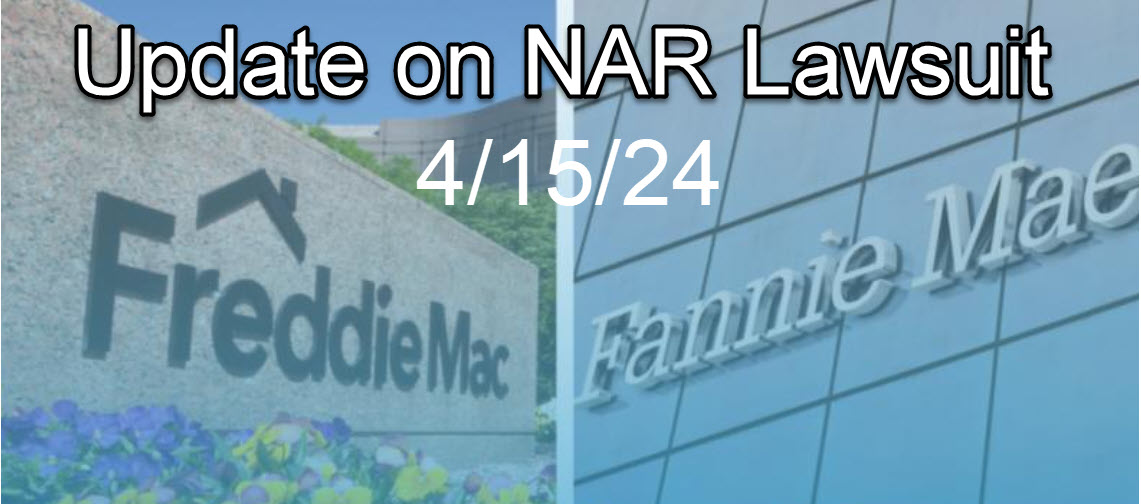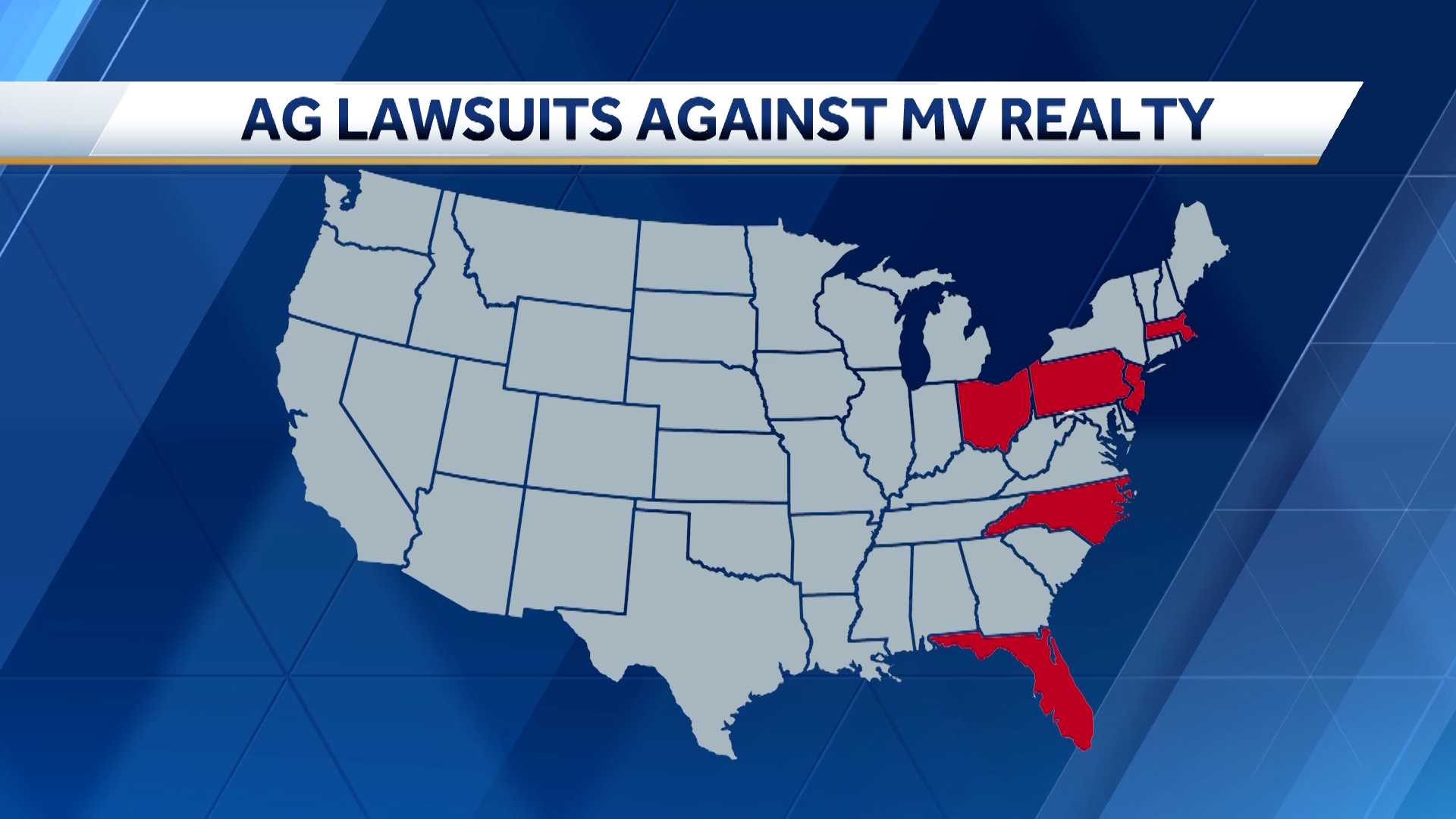Breaking - NAR Lawsuit - Fannie Mae Update In the dynamic world of…
What Are Mortgage-Backed Securities
A simplified guide to the MBS
What do honeybees and home loans have in common? Both are exemplars of collective strength. Just as a beehive flourishes through the collective effort of its bees, Mortgage-Backed Securities (MBS) gain their robustness from the aggregation of individual mortgages. This guide, crafted by 719 lending, elucidates the synergy. 719 Lending, your trusted mortgage broker in Colorado Springs, presents a detailed exploration of Mortgage-Backed Securities and their pivotal role within the financial sector.
Picture this: You’re part of a crowd funding a new community project—everyone chips in, expecting to share in the results. Mortgage-backed securities (MBS) work on a similar principle, but instead of a community project, this funding backs a pool of mortgages. Each MBS is essentially a bundle of home loans, including potentially yours from Colorado Springs, which are sold to investors on the financial market. These investors then receive periodic payments, much like extracting honey from the hive, as homeowners, like you, make their monthly mortgage payments. It’s a complex fusion of real estate and finance where each mortgage contributes to the overall value of the security.
Unveiling Mortgage-Backed Securities (MBS)
MBS, or Mortgage-Backed Securities, are intricate financial instruments linked to an assortment of home loans, offering investors a slice of the mortgage market pie. These securities serve as a gateway for investors to reap benefits from the housing loan industry, circumventing the need for direct involvement in the purchase or sale of individual mortgages.
To comprehend MBS, one can look to the foundational principles of a bond. Issuing a bond is akin to an entity taking out a loan. The investor, or bondholder, fronts the principal to the issuer and, over time, garners interest on this principal, paralleling the interest rates mechanism at the core of mortgage bonds.
The Role of Risk in MBS
Investors should be cognizant of the risks associated with MBS, such as default risk, extension risk, and prepayment risk. These factors can markedly sway the expected return on investment for investors.
- Default Risk: This refers to homeowners failing to repay their loans.
- Extension Risk: Extension risk is a scenario where homeowners opt to prolong their mortgages, potentially anchoring the investor’s capital in an endeavor that may yield lower profitability than forecasted, influenced by fluctuating interest rates.
- Prepayment Risk: Conversely, securitization can be impacted by prepayment risk, which occurs when homeowners pay off their mortgages sooner than anticipated, thereby interrupting the anticipated flow of interest income for investors.
The Power of Diversification
Investors employ strategies such as diversification to shield against potential losses. By constructing a portfolio that includes a variety of loans, diversification spreads the risk, ensuring that the investment isn’t overly affected by any single underperforming loan.
The Impact of MBS in the Financial Landscape
The Mortgage-Backed Securities (MBS) market is pivotal in the financial realm, influencing mortgage rates and, by extension, the housing market. Securities backed by government assurances are particularly sought after, fetching higher prices due to the guarantees they offer.
The MBS market is instrumental in shaping the financial landscape, directly affecting mortgage rates and, consequently, the housing market. At the apex of the MBS market, loans backed by government agencies often command premium prices due to the guarantees they carry.
A standout feature of the MBS market is the TBA-MBS market, where a streamlined trading process allows for the efficient exchange of large volumes of MBS. This sector operates without delving into the granular details of each loan, thereby enhancing market efficiency.
Understanding MBS Prices and Mortgage Pricing
The pricing of mortgage loans is directly swayed by fluctuations in MBS prices. When MBS prices experience a half-point movement, lenders’ rate sheets are typically adjusted accordingly, reflecting the change.
MBS: The Big Player in Rate Sheets
First up, Mortgage-Backed Securities. These guys are the main influencers on lenders’ rate sheets. Here’s the deal: if MBS prices go up or down by half a point, the pricing on rate sheets will likely shift in the same direction. This doesn’t always match perfectly, but big changes in MBS prices usually lead to lenders adjusting their rates.
One interesting thing to note: lenders are quicker to raise rates (negative reprice) than to lower them (positive reprice). The bigger and faster the MBS price movement, the more likely lenders will adjust their rates. For example, a small, gradual drop in MBS prices might not cause much stir. But a rapid, large drop? That’s when you’ll see almost every lender updating their rates.
Treasuries: The Early Indicator
Now, let’s talk about 10yr US Treasuries. While they don’t directly set mortgage rates like MBS, they often move in the same direction and are a good early indicator of what’s happening in bond markets. Since Treasuries are active in Asian and European trading hours, they give us a sneak peek into the bond market’s day ahead. They’re pretty reliable in showing significant overnight shifts, even before rate sheets are released.
Inflation and Its Effect on Bond Market
The bond market is intimately connected with inflation; as inflation escalates, the value of money repaid diminishes. This correlation has a profound impact on the bond market dynamics.
Why 10-Year Treasuries Matter
10-year Treasuries are often viewed as the benchmark in the bond market, setting the pace that Mortgage-Backed Securities (MBS) tend to follow. Unlike MBS rates that hinge on lender repricing, Treasuries are globally traded, providing immediate insights into market trends.
Banks and the Money Creation Process
Banks strive to augment their net worth by issuing loans at interest rates that exceed their borrowing costs. To safeguard their deposits, banks hold additional funds, known as bank reserves, within their vaults as a protective measure.
10-Year Treasuries Lead the Way
Think of 10-year Treasuries as the leader and MBS as the follower. Although MBS might react differently at times, generally, they follow the lead of 10-year Treasuries. This is similar to a dog following its owner – sometimes pulling ahead or lagging behind, but ultimately going in the same direction.
A Purer Bond Market Reflection
Treasuries are often seen as the purest representation of the bond market’s mood. They are considered ‘risk-free’ in terms of default risk, unlike MBS, which are virtually risk-free (remember, this is from a default perspective). Furthermore, Treasuries aren’t influenced by consumer behaviors that affect MBS, such as refinancing or foreclosures.
Determining Mortgage Rates
Mortgage rates are chiefly shaped by investor demand and the perceived risk associated with the loans. While they share similarities with bonds, mortgage rates have distinct characteristics due to the direct involvement of individual borrowers.
The Basics:
- Mortgage Rates and Investor Demand: Investors look at mortgages like bonds, offering a stable return with lower risk. The demand from these investors largely determines mortgage rates.
- Risk and Return: More risk (like lower credit scores) means investors expect higher returns. So, riskier scenarios lead to higher mortgage rates.
Understanding Basis Points
A ‘basis point’ is a precise unit of measure prevalent in the finance sector, denoting the percentage change in the value or interest rate of a financial instrument. To be exact, one basis point corresponds to a 0.01% change.
In the world of mortgages, basis points are super useful for talking about changes in interest rates. Since mortgage rates often change by small amounts, using basis points makes it easier to be precise.
For instance, if a lender says the mortgage rate increased by 25 basis points, it means the rate went up by 0.25%. Understanding this can help you better grasp the changes in your mortgage payments or when you’re shopping for a new mortgage.
What is a Guaranty Fee?
The term ‘Guaranty Fee’, commonly referred to as ‘g-fee’, represents a specific charge levied by Fannie Mae and Freddie Mac for the service of bundling a loan into a Mortgage-Backed Security (MBS) pool.
Why the Fee?
This fee helps build up reserves to ensure that investors in these agency MBS get their principal and interest payments on time. In essence, it’s a safeguard to keep the financial system stable.
Fannie Mae explains it like this: They promise to make timely payments of interest and principal to the certificate holders. This responsibility lies solely with them and is not backed by the U.S. government.
Causes of Mortgage Rate Changes
Mortgage rates fluctuate in response to a combination of market trends and the operational strategies of lenders, akin to the way car prices are influenced by both the cost of materials and the unique business models of manufacturers.
Mortgage rates aren’t just random numbers; they’re influenced by a mix of market forces and the nitty-gritty of how mortgage lending works.
Market Forces at Play
Think of the mortgage world like a big market where loans are bought and sold. The US government, for example, borrows money by selling bonds. These bonds set the stage for how other debts, like mortgages, are priced.
When enough similar mortgage loans are pooled together, they form a mortgage-backed security (MBS). Investors buy these MBSs, impacting the rates that lenders offer. If the bond market is doing well, MBS prices might rise, potentially leading to lower mortgage rates.
Role of GSEs in Mortgage Market
Government Sponsored Entities, or GSEs, are pivotal in maintaining the fluid operation of the U.S. mortgage market, ensuring that it functions efficiently and effectively.
Specifically, for Fannie Mae and Freddie Mac, their role is crucial in the mortgage and housing markets. Unlike FHA sponsored GNMAs, the debt of these GSEs doesn’t have an outright guarantee from the government. However, there’s an implied guarantee which usually does the trick in keeping things steady.
How do they work? Well, Fannie Mae and Freddie Mac raise funds by issuing what are known as “direct obligations.” They then use these funds to invest in mortgage-backed securities (MBS) and whole loans. This investment is key because it helps maintain liquidity in the mortgage market. It makes sure that lenders and investors can keep doing their business without major hiccups.
Making Sense of Rate Movements
When it comes to understanding and advising on rate movements in real estate, it’s crucial to focus on what we know today rather than trying to predict the unpredictable future. Sure, making predictions can be fun, but they shouldn’t influence critical decisions about whether to lock in rates or float them.
For real estate agents, adeptly navigating rate fluctuations is less about forecasting the unpredictable and more about a deep comprehension of current market dynamics, pinpointing immediate risks, and seizing opportunities.
The Bottom Line
Grasping the intricacies of Mortgage-Backed Securities is crucial for investors seeking to understand the factors that influence mortgage rates and the significance of risk diversification in MBS investing. This knowledge is essential for striking a balance between securing profitable returns and minimizing risk exposure.
At 719 LendingAt our firm, we navigate you through the intricate realms of real estate and finance in Colorado Springs, equipping you with the knowledge to make astute investment decisions. Reach out to us today to discover a suite of personalized services designed to cater to your unique investment needs.




